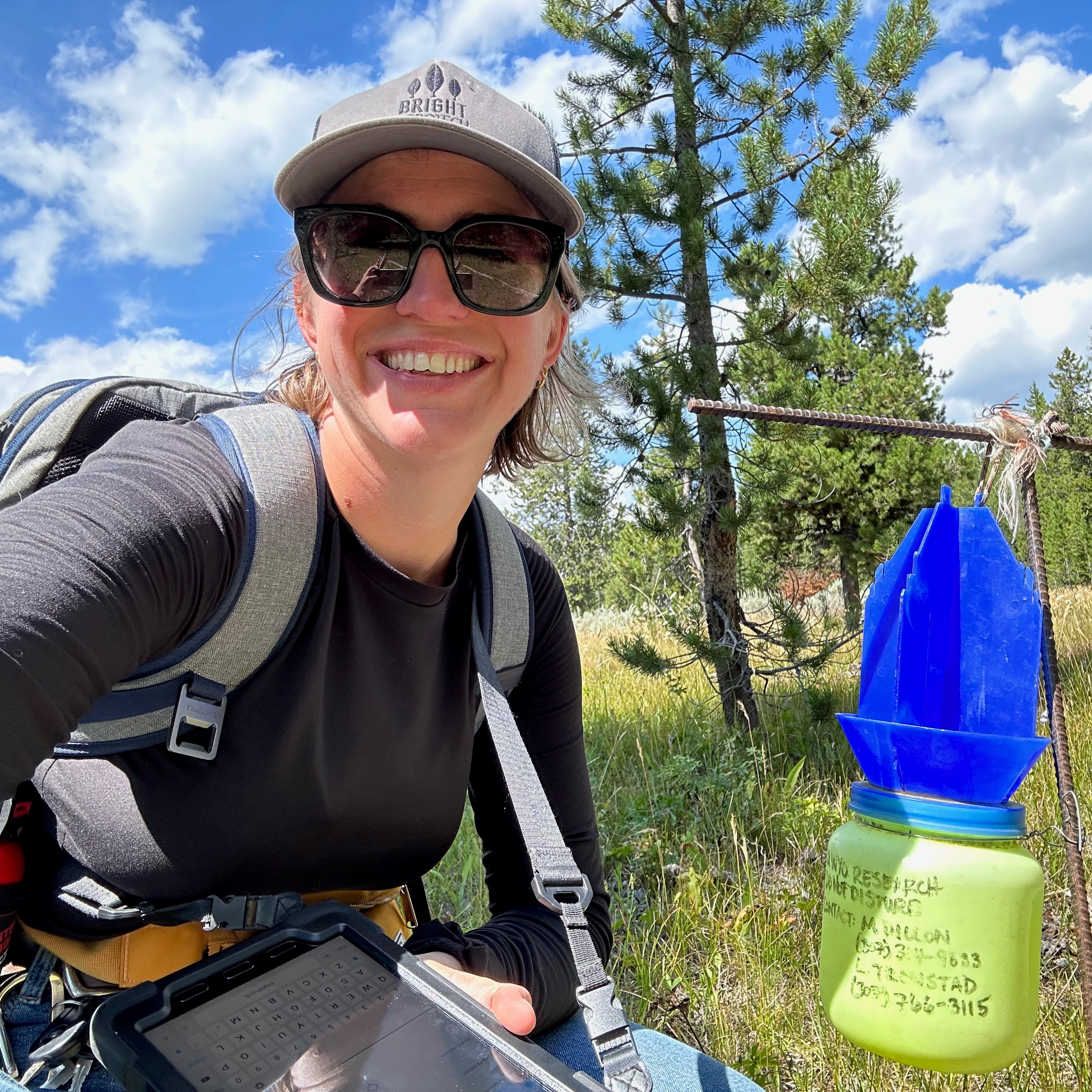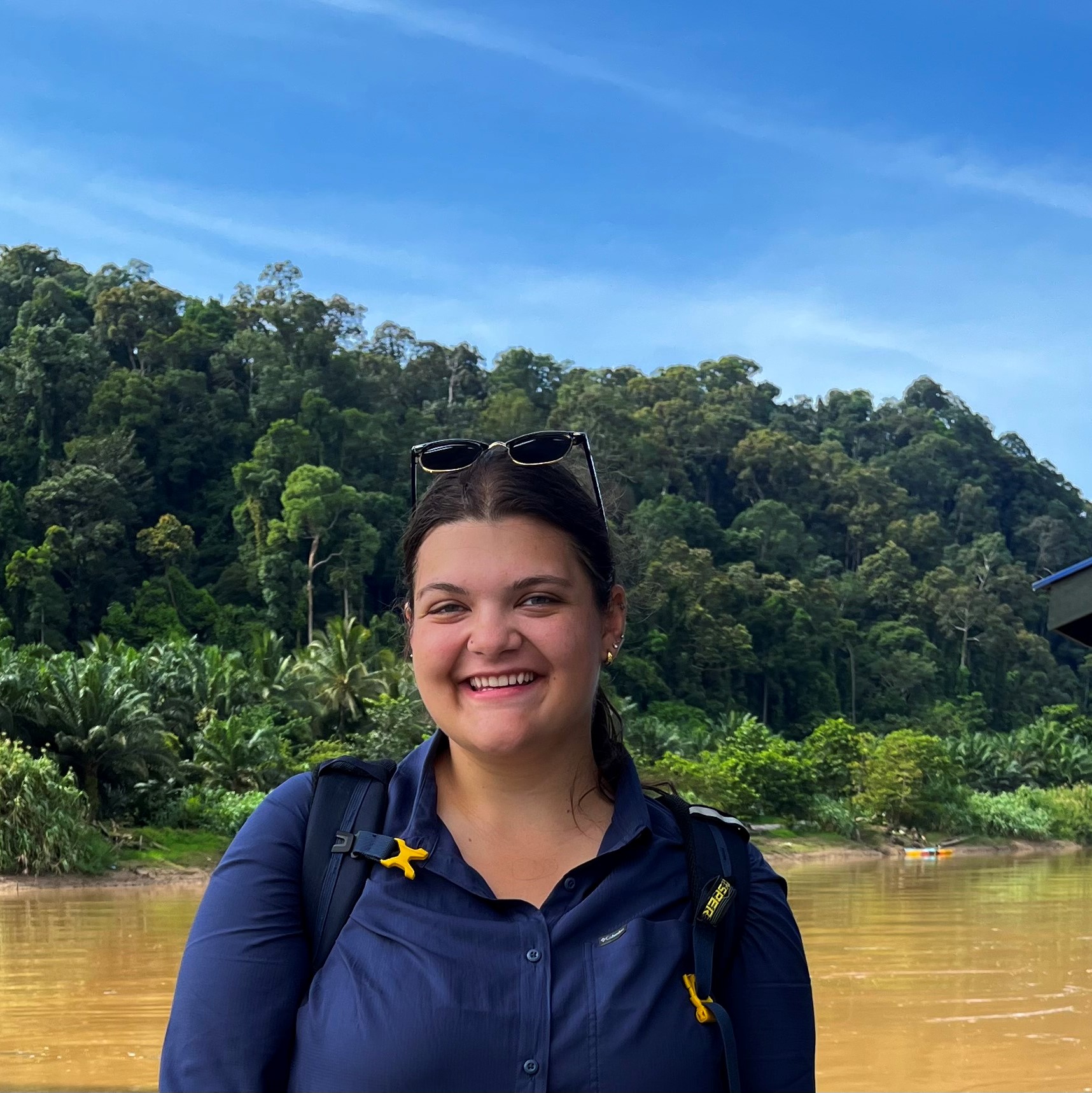Douglas Kamaru - Linkages Between Mutualism Breakdowns, Landscape Change, and Predator-Prey Dynamics in a Human-Occupied Savanna
Douglas Kamaru
Biodiversity Graduate Student Research Enhancement Grant Awardee
Department of Zoology & Physiology
Graduate Advisor: Dr. Jacob R. Goheen
Project Summary:
The big-headed ant (Pheidole megacephala) is one of the world’s “worst invasive species”, posing significant threats to agriculture and biodiversity across all seven biogeographic realms. Over the past two decades, invasion of the big-headed ant has disrupted a foundational mutualism between the monodominant whistling-thorn tree (Acacia drepanolobium) and their symbiotic bodyguards, native ants in the genus Crematogaster. In exchange for food and shelter, Crematogaster ants protect trees from catastrophic herbivory by elephants (Loxodonta africana). Because big-headed ants kill and displace these native mutualists, trees are rendered defenseless against elephants, such that elephants in post-invasion landscapes transform bushland savannas into open grasslands by browsing, breaking, and uprooting adult trees.
By concealing predators and providing cover for ambushes, trees shape the outcome of predator-prey dynamics in African savannas: in particular, lions (Panthera leo) are more successful at killing prey where tree cover is high at my study site in central Kenya and elsewhere in sub-Saharan Africa. Consequently, wild ungulates like antelopes and plains zebra (Equus burchelli) congregate more in open areas where tree cover is relatively low, because such areas are perceived to be safer. I will test the hypothesis that disruption of the ant-tree mutualism cascades to influence interactions between lions and their prey. Specifically, I will quantify (1) whether and how habitat selection by wild ungulates is altered by big-headed ant invasion; and (2) whether and how the outcome of hunting forays by lions is in turn affected by big-headed ant invasion. In doing so, my work will yield information important for understanding the ecology and conservation of lions—listed as “Vulnerable” by the IUCN—in post-invasion landscapes.
Share This Page

Research Highlights





